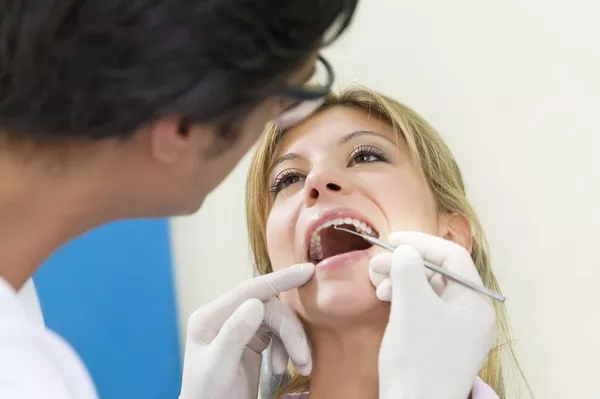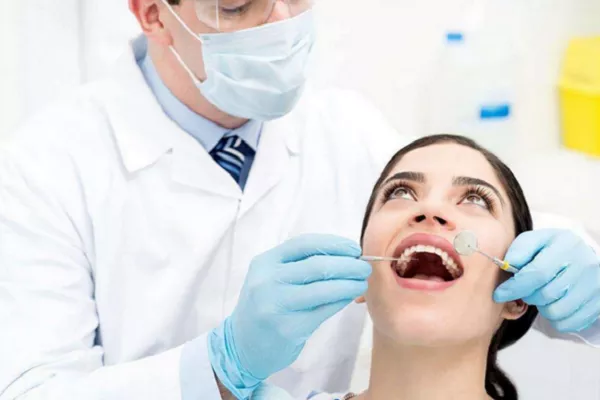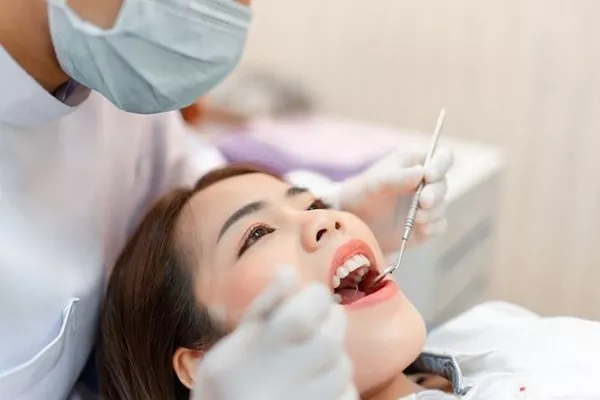In the realm of post-wisdom teeth removal recovery, a question that often surfaces is, “When can I resume eating rice?” Navigating the delicate balance between satisfying your palate and ensuring a smooth recovery is crucial. In this article, we’ll explore the intricacies of the postoperative diet, specifically focusing on the reintegration of rice. Let’s delve into the details to provide you with a comprehensive guide.
Immediate Post-Extraction Diet: A Soft Beginning
In the initial days following wisdom teeth removal, adherence to a soft food diet is imperative for a successful recovery. Opting for easily chewable and non-irritating foods helps minimize discomfort and reduces the risk of complications. During this phase, patients are advised to steer clear of rice, which can be challenging to chew and might pose a threat to the healing sites.
Recommended Foods: Mashed potatoes, yogurt, pureed soups, and soft fruits.
Expert Insight: According to the American Association of Oral and Maxillofacial Surgeons (AAOMS), a soft food diet aids in preventing trauma to the surgical sites, promoting quicker healing.
The Transition Period: Gradual Introduction of Solid Foods
As the initial swelling and discomfort subside, patients enter a transitional phase where the gradual reintroduction of solid foods becomes a possibility. However, it’s crucial to exercise caution and choose foods that won’t compromise the healing process. During this period, opting for softer varieties of rice, such as well-cooked white rice, can be considered.
Recommended Foods: Soft pasta, scrambled eggs, and well-cooked grains like white rice.
Expert Insight: Dr. Sarah Thompson, a leading oral surgeon, suggests introducing solid foods gradually, ensuring they are easily manageable and do not cause strain to the surgical sites.
Ensuring Optimal Healing: Nutritional Considerations
A crucial aspect of the post-wisdom teeth removal period is maintaining a well-balanced and nutritious diet to support optimal healing. While incorporating rice into your diet, it’s essential to choose whole grains for their added nutritional benefits. Brown rice, rich in fiber and nutrients, can be a suitable option during this phase.
Recommended Foods: Quinoa, brown rice, and soft-cooked vegetables.
Expert Insight: Nutritionist Dr. Rachel Kim emphasizes the importance of incorporating nutrient-dense foods, like whole grains, to support the body’s healing processes.
Listening to Your Body: Individualized Approaches
Every patient’s recovery journey is unique, and it’s crucial to pay close attention to your body’s signals. If reintroducing rice causes discomfort or irritation, it’s advisable to revert to softer options temporarily. The key is to strike a balance between satisfying your cravings and ensuring a smooth recovery.
Recommended Approach: Gradually increase the texture of rice, starting with softer varieties and progressing to firmer textures.
Expert Insight: Dr. Mark Stevens, a dental surgeon with over 20 years of experience, emphasizes the need for individualized approaches, stating that patients should tailor their diet based on their comfort levels.
Hydration: A Cornerstone of Recovery
Adequate hydration is often underestimated but plays a pivotal role in the recovery process. Consuming sufficient water not only aids in preventing dehydration but also supports the body’s natural healing mechanisms. This is especially important when reintroducing drier foods like rice.
Recommendation: Aim for at least eight glasses of water per day, adjusting for individual needs.
Expert Insight: The British Dental Association highlights the role of hydration in preventing complications post-oral surgery, emphasizing its impact on overall recovery.
Conclusion:
In conclusion, the reintegration of rice into your diet after wisdom teeth removal requires a thoughtful and gradual approach. By adhering to a soft food diet initially, transitioning to softer varieties of rice, considering nutritional factors, and listening to your body’s signals, you can navigate this phase of recovery successfully. Remember to consult with your oral surgeon or dentist for personalized advice, ensuring a smooth and comfortable healing process.
Related Links:
Nourishing Choices: What to Eat After Wisdom Tooth Extraction for Swift Recovery
Exploring the Costs of Wisdom Teeth Removal: A Comprehensive Guide
Demystifying Wisdom Teeth Removal: Navigating the Path to Painless Extraction
































